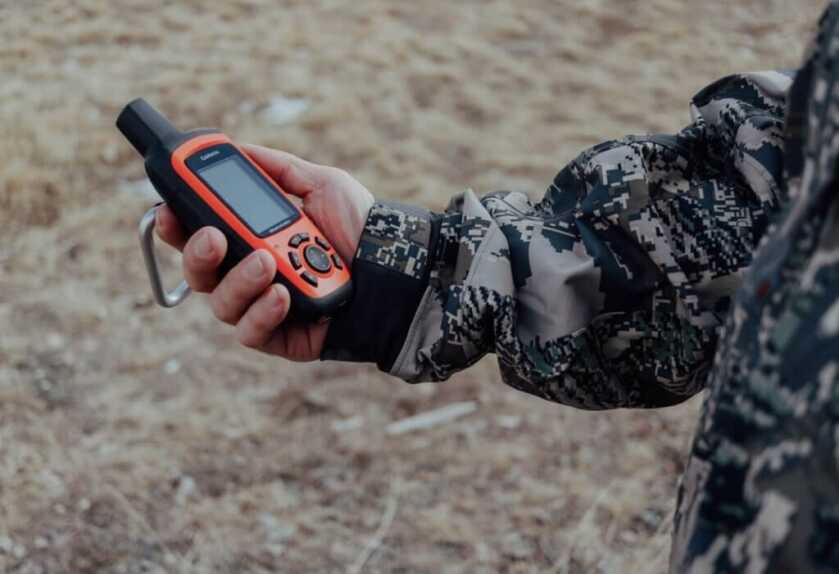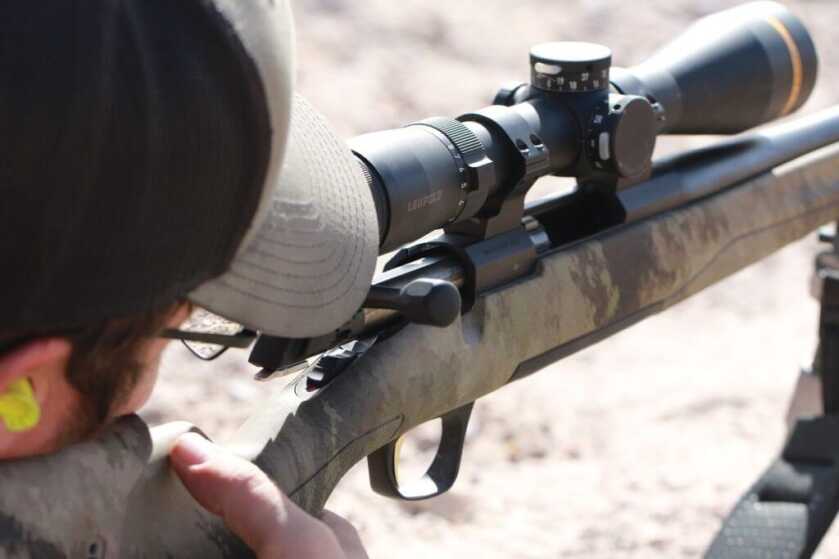
Hunting seasons around the West are closing out and the holiday season is fast approaching. Many hunters use the few weeks after they have returned from the field for the last time to go through gear, take stock and think of any improvements they’re wanting to make for next fall.
As outdoor companies start sales and promotions on equipment and clothing to usher in the holiday season, many offer some impressive discounts on quality gear as well as introduce the coming year’s lineup of innovations and improvements. Here’s a list of a few things that I’ve used this year or soon hope to. If you’re a newcomer to western hunting or an old hand, feel free to add or tweak it to meet your own needs or hunting style. Some careful shopping and/or hint dropping could put one or more of these in your pack for next year.
$1.00-$100.00
Trekking Poles – They’ve gained in popularity over the years and for good reason. Poles support minor leg muscles and allow the user to expend their energy more efficiently, equating to more steps per day and less wear-and-tear on joints. While there are a plethora of choices, I use Cascade Mountain Tech poles as they’re relatively inexpensive and last for years if I don’t abuse them. $29.99
Dry Bags – One of those items that make you wonder how you survived without it for so long. I leave one in my pack for a makeshift seat, game bag, water hauler, you name it. Buy a set of various sizes starting around twenty bucks and wonder why you didn’t buy them sooner. $19.96- $60.00

Socks/ Underwear – Cotton kills. We’ve all heard it, if you’re lucky enough to have a multi-day adventure planned this upcoming year, consider investing in merino wool skivvies. They dry faster, keep you warmer, and absorb odor. This means they can be worn for several days of hard hunting without fear of offending a hunting buddy’s olfactory senses as well as cut down on bulky cotton layers while packing. $29.95-$99.95
$101.00-$500.00
Tarp – There are many sizes and options out there when a hunter starts looking at tarps. I carry a Kifaru Sheep Tarp during early season hunts for Dall sheep and mountain goats. It sets up quickly with trekking poles or tree branches in a variety of footprints depending on need. I’ve used it as shelter from the rain while glassing, shading meat cooling on glaciers or simply getting out of the wind for a nap. If you’ve never used one or are curious about their application, try a piece of 4’ by 8’ construction house wrap to start. $114.00

GPS Device/Emergency Communication – GPS and emergency communication continue to evolve and get more efficient as technology advances and more people rely on them. Having used several, I prefer the Garmin InReach Explorer. The GPS system is intuitive and easy to use while the messaging feature can be customized by monthly subscription plans much like a cell phone. Garmin’s Iridium satellite network ensures reliable service worldwide. When a plan is activated the SOS feature on the device can be utilized at the press of a button, allowing peace of mind in case of an emergency. If staying an extended period of time, weather forecasts for your specific location are available. $449.99 plus monthly plan if purchased (can be canceled or suspended with 30-day notice).
Rangefinder – There’s an economical solution for just about everyone when it comes to acquiring target distances anymore; the rangefinder is another tool that makes it hard to believe we went without it for so long. Maven Optics, a relatively new company based in Lander, Wyoming have released their flagship rangefinder, the RF.1. Weighing in at 10 ounces, the RF.1 boasts a Field/Forest Function allowing the user to manually set what type of target is being ranged. Use Field for small, hard-to-hit targets and ignore larger background objects or switch to Forest when ranging in trees or inclement weather. Advertised usable range is 5-4500 yards. While I haven’t used the Maven rangefinder yet, I’ve hunted with their binoculars and spotting scopes for several years and am a big believer in their quality and customer service. $400.00

$501.00 and Up
Sleeping Bag – An oft-overlooked piece of gear by beginning western hunters, a sleeping bag is where the body rests and recharges after a long day afield. Spend the money on a comfortable, roomy bag and enjoy being warm and rejuvenated the next day when that alarm goes off. I use several kinds depending on where and what I’m hunting but my go-to for Alaska and Montana has become my Stone Glacier Chilkoot 0 degree. It’s made with treated down to repel moisture and a weather-resistant shell tipping the scales at a comfortable backpacking weight of 2 pounds 10 ounces. The roomy footbox and shoulder area provide plenty of real estate to move around and even store some extra layers of clothes. $599.00
Rifle Scope – I had the opportunity to use a Leupold VX-6HD on a Coues deer hunt last year and was astounded at how well it performed after a week in the Arizona backcountry. Coming standard with the Custom Dial System, a purchaser receives one laser-etched turret for whatever cartridge and components they choose at no cost. I utilized the 3-18×44 with the TMOA reticle when a mature buck revealed himself at last light working up a ridge and a single shot anchored him hard at 496 yards. $1999.00

With the myriad of gear and equipment these days designed to make hunters’ lives easier in the field, I’ve touched on a few important items that may prove useful for anyone who has field time in the West planned for next year. This is just the tip of the iceberg; use your own experiences to improve upon this list and enjoy some quality gift giving and receiving this year for your friends and your family. Best of luck in the 2022 draws and Merry Christmas!

